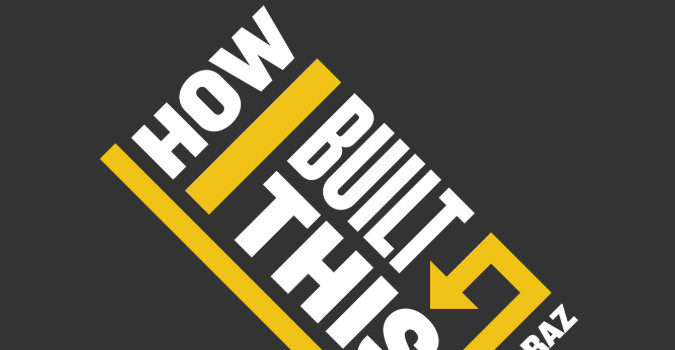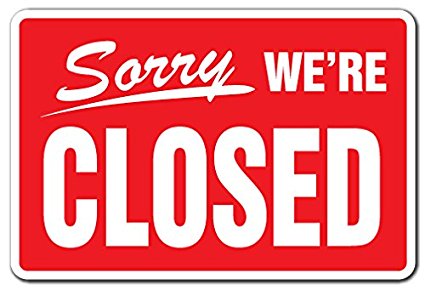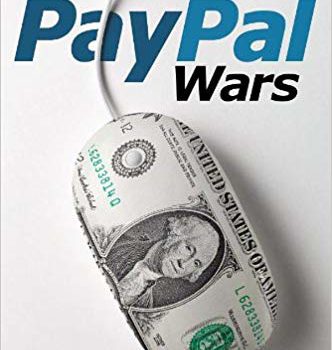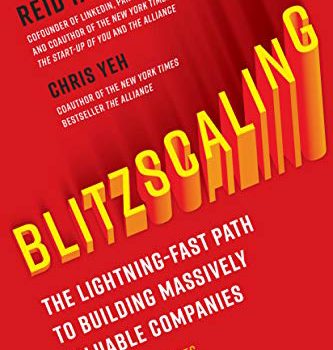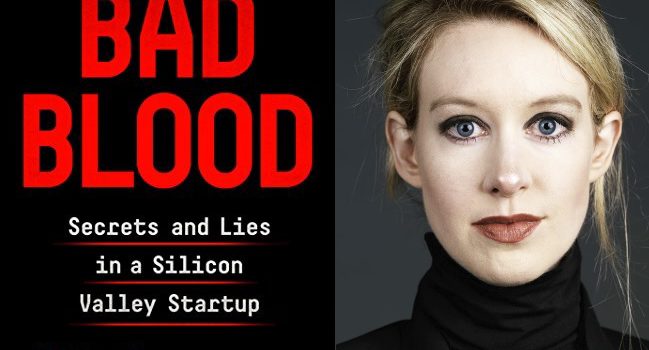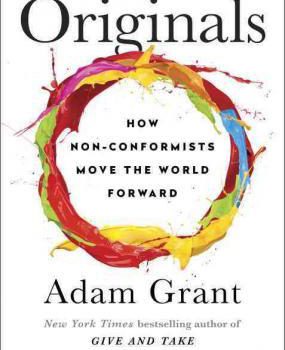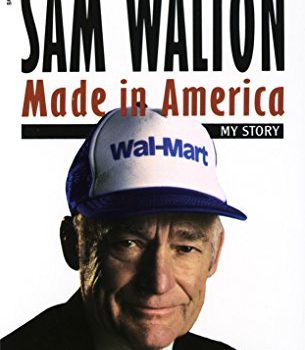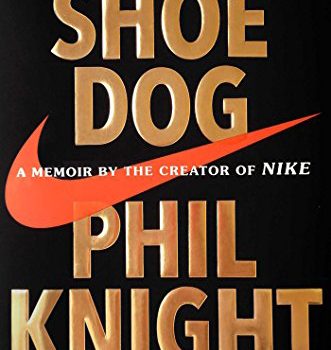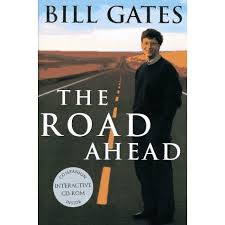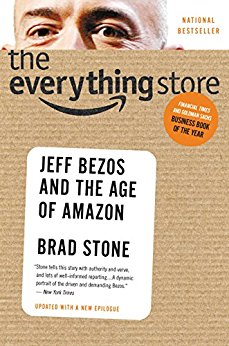How I Built This is a popular NPR podcast featuring founders of world-class companies like Spanx, Southwest Airlines, and Starbucks. Each episode covers one founder’s story at a high level – how they arrived at the company idea, how they started the company, and how they struggled through calamity to break into success.
How I Built This features a wonderful diversity of companies, along multiple dimensions. The founders span a wide range of industries, including consumer goods/retail (Dyson, Spanx, Home Depot), food (Five Guys, Samuel Adams, Clif Bar), and tech/software (LinkedIn, Wikipedia, Stripe). Also wonderful is the diversity of company age – from old stalwarts like AOL and Starbucks to fresh young things Slack and Stitch Fix.
Having a wide range of companies to study lets us tackle the perennially interesting question: how do you build a successful company? What do successful companies and founders have in common, regardless of what product they make?
Inversely, can you succeed by breaking commonly accepted “startup rules”? (like how many founders to have, how much money to raise, how quickly to grow)
I listened to 51+ episodes of How I Built This with these questions in mind. I found patterns of traits and behavior that were nearly universal to all the companies profiled. I also found surprising variation in some factors around how the companies started and eventually reached success.
In this How I Built This summary, learn:
- The 3 traits that successful founders almost universally have
- How founders get their breakthrough idea and push it through to success
- 4 key differences that split companies surprisingly evenly
- Why you should be careful about your takeaways from success stories like How I Built This (and this analysis)
